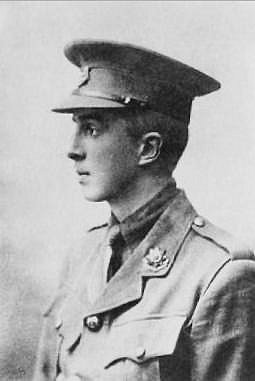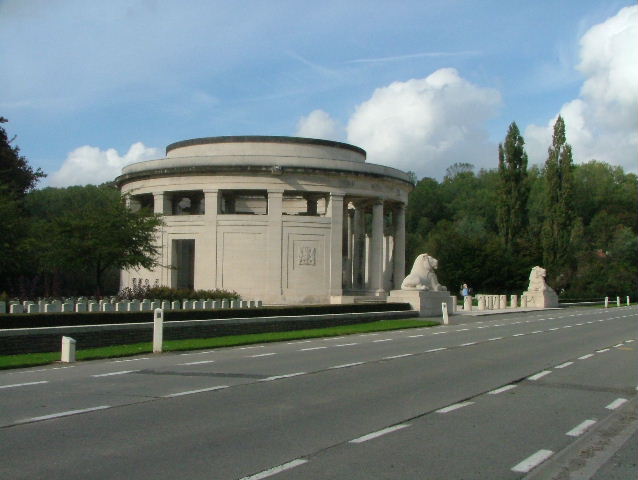Name
Peter Clutterbuck
Conflict
First World War
Date of Death / Age
20/10/1914
22
Rank, Service Number & Service Details
Lieutenant
East Yorkshire Regiment
1st Bn.
Awards: Service Medals/Honour Awards
Not Yet Researched
Cemetery/Memorial: Name/Reference/Country
PLOEGSTEERT MEMORIAL
Panel 4.
Belgium
Headstone Inscription
NA
UK & Other Memorials
Holy Cross Church Memorial, Sarratt,
Harrow School Memorial
Pre War
Born on 30 Aug 1892 in Stanmore, Middlesex son of Peter Clutterbuck (JP) and Fanny Clutterbuck (RMC) and living at Goldingtons, Sarratt, Hertfordshire in 1901.
Educated at Harrow School 1906-10 and the Royal Military College, Sandhurst.
Wartime Service
He was gazetted 2nd Lieutenant in 1911, entered France on 8 Sep 1914 Listed as a casualty in an engagement near Prémesques.
According to Corporal THORPE 7653, on the day of his death, Peter was left behind during a retreat. He was never found. He was killed in action at Mont de Premesques while attempting to check the German advance. At 0800 on 20 October, a major German counterattack developed against the troops of 17th Brigade, immediately to the left of 1/East Yorks. The 2/Leinster Regiment held the positions to the east of Prémesques and it was on their front that the main effort of the German thrust fell. Made in considerable force, the enemy pushed the Leinsters back through the village. The left flank of the East Yorks was thus dangerously exposed. The Leinster company holding the hamlet of Mont de Prémesques, commanded by Major Mather, requested urgent and immediate assistance from the 1/East Yorks. In response, Major Young of the East Yorks ordered A and D companies to mount a counterattack in support of the Leinsters. Among those detailed to do so was Lieutenant Clutterbuck’s 4 Platoon. This was duly carried out and the battalion War Diary records, ‘by this means the German advance towards the crossroads at MONT DE PREMESQUES was checked.’ Major Mather witnessed this advance and described it as ‘a very gallant attack’. It was during this fighting that Peter Clutterbuck fell, while conducting a personal reconnaissance of a position his platoon was to occupy in the firing line.
Corporal J.H. Thorpe was a member of his platoon and recalled: “We got to the top of the wood-side and there were two maxims firing on us. So we lay in the hedge for a while. Then a Lance-Corporal came through the hedge the other side of the wood and said there was room for two platoons in some trenches the Leinsters had occupied. Mr Clutterbuck rushed across to see where they were. I got some wire cutters out to cut the wire to enable us to get through the hedge. Then an order was passed down the line to retire. It was not really an order at all but anyway it was passed down and we did retire. We came back but finally retired as best we could, and Mr Clutterbuck never came back to us again. We went back at night to look for him, but we never found him… He was a very fine officer and immensely liked, for he had no fear whatever.”
At the close of the day the position of 1/East Yorks remained precarious. They and another battalion occupied a salient as units to their north and south had been forced back. Fortunately, the tenacity of the British defence had inflicted heavy casualties on the Germans, who made no further attempts to advance that night. After dark, the remaining British units broke contact and retired to a new defensive line at Chateau Hardcardry. The cost of this fleeting success however, had been heavy. The 1/East Yorkshire Regiment lost three officers killed and two wounded, while the other ranks suffered three dead, eighty-one wounded and forty-nine missing. Peter was initially listed as missing and his father corresponded with the War Office throughout 1915 in attempt to establish what had happened to his son. Initially, spurious reports suggested that he might have been taken prisoner by the Germans. This was later accepted as incorrect and he was official posted as Killed in Action on 20 October 1914.
A brother officer wrote, “For some time previously he and I had been the only Officers of the Company, and on two previous occasions I had commended him to the Commanding Officer for his behaviour in action. He was immensely liked for he had no fear whatsoever.”
His body was never recovered, but he is commemorated by the Commonwealth War Graves Commission on the Ploegsteert Memorial to the missing and on war memorials in Sarratt, Harrow School and the Royal Memorial Chapel at the Royal Military Academy Sandhurst.
Acknowledgments
Malcolm Lennox, Alexander Edmund – IWM Lives of the First World War, Jonty Wild



